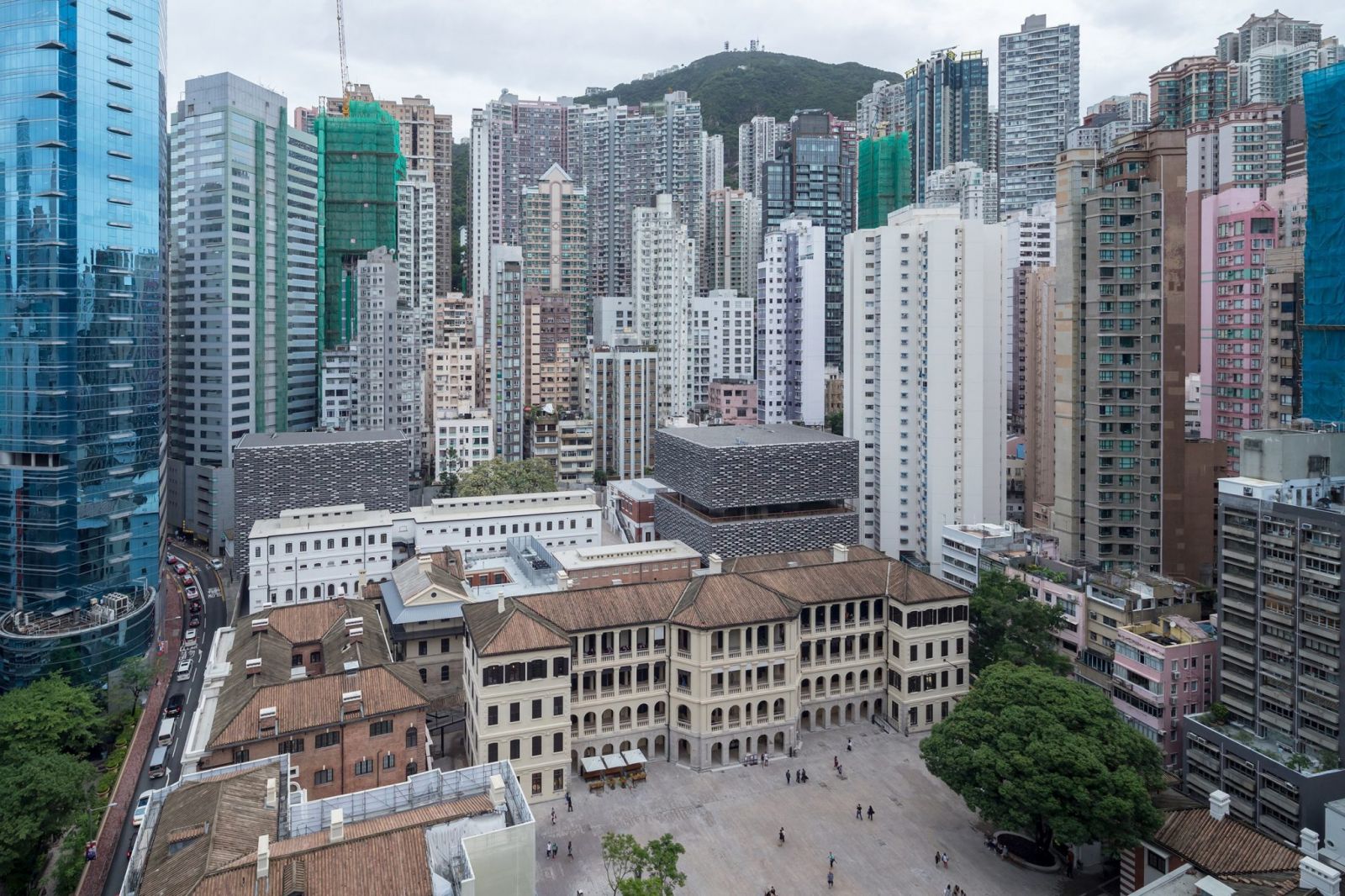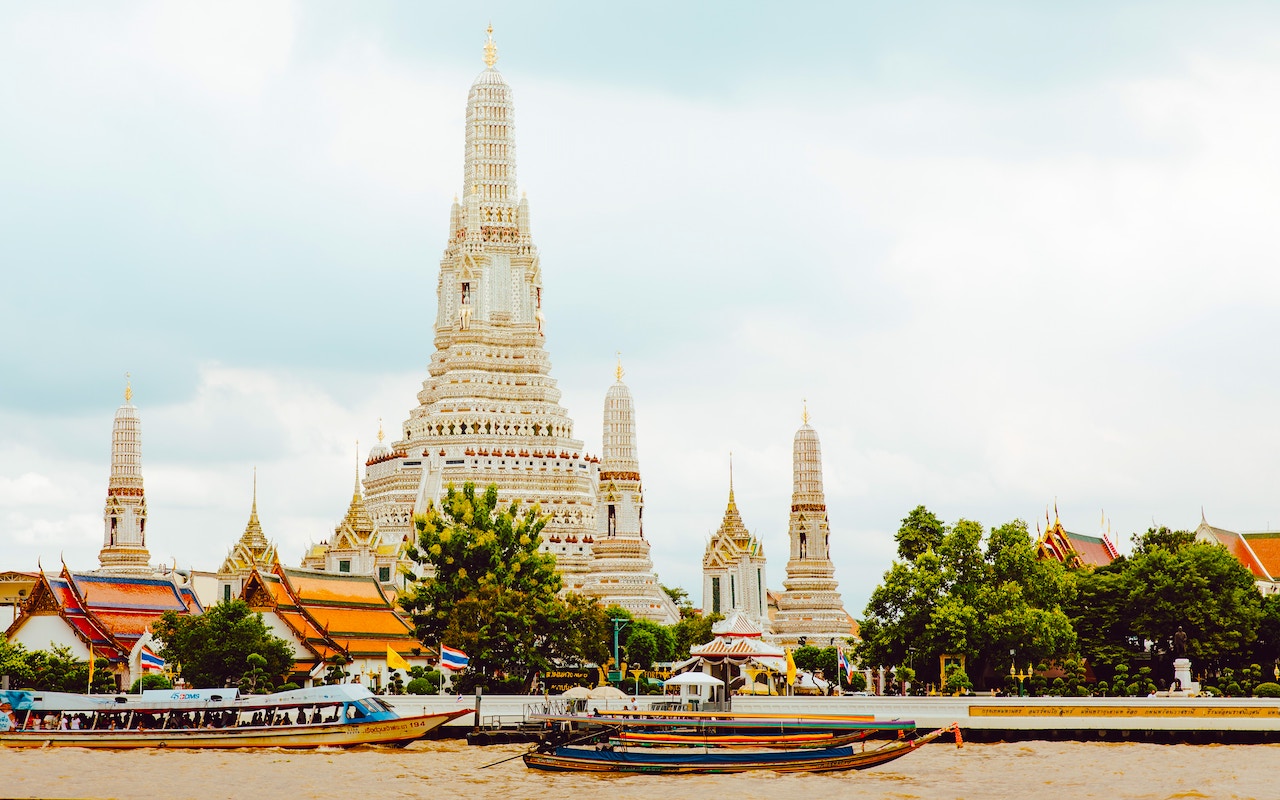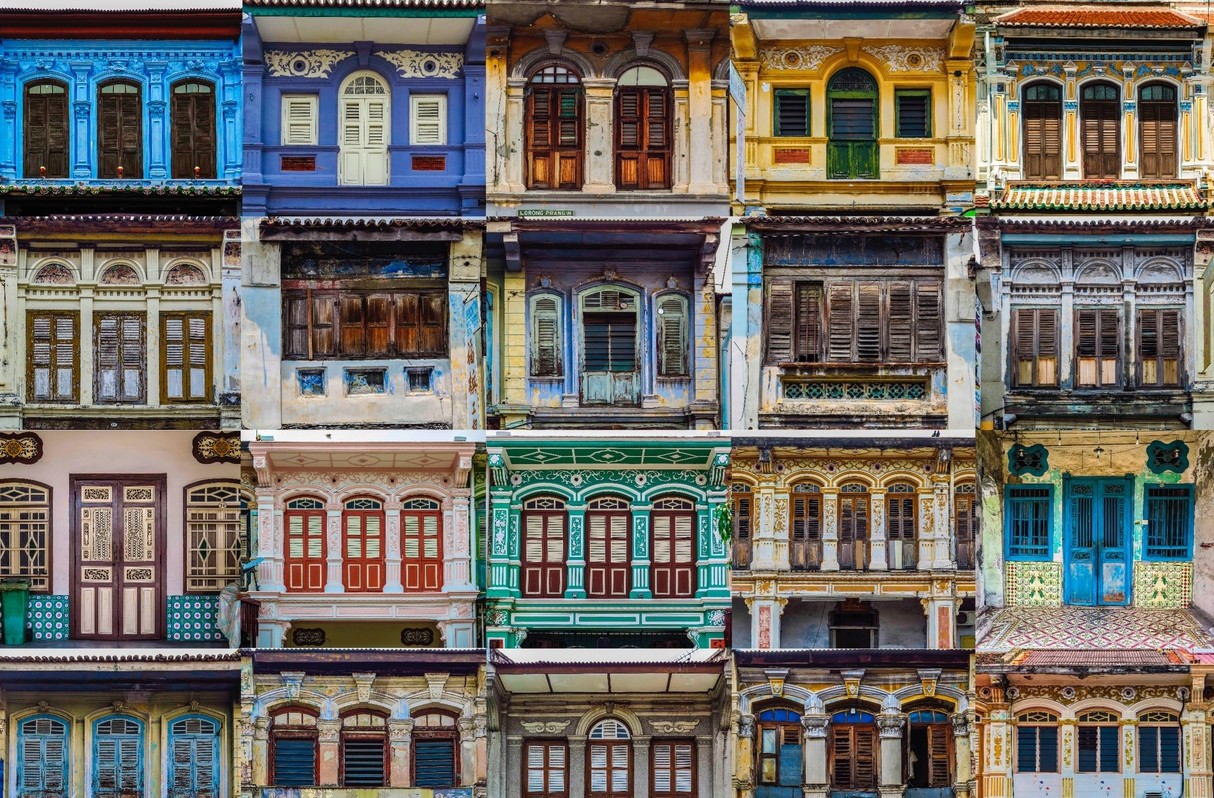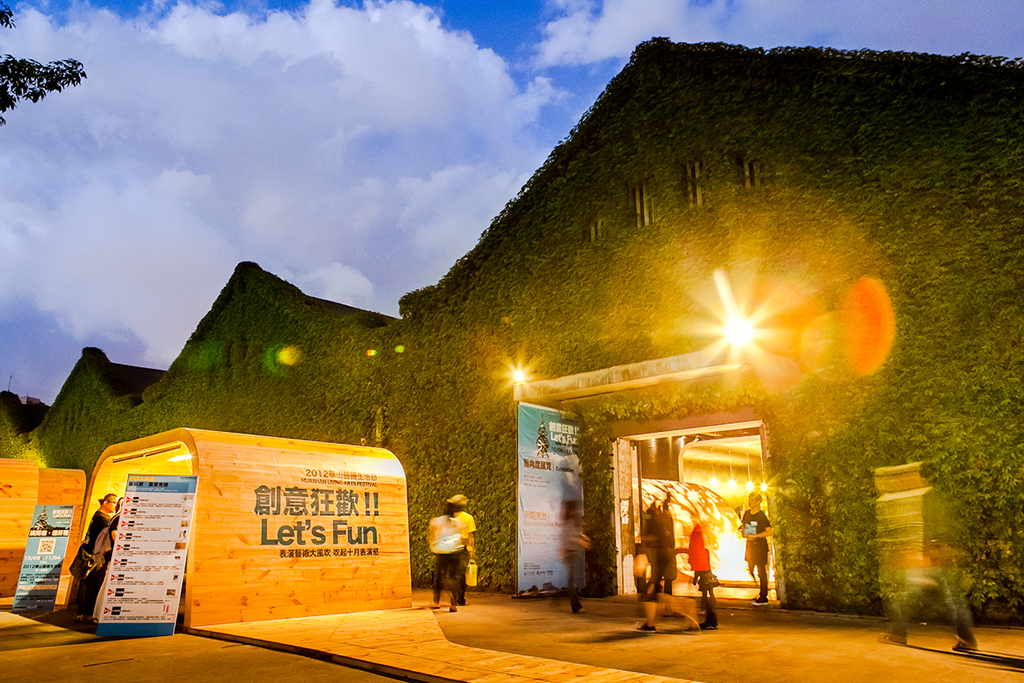THE STORY OF HANOI
In 2018, Vietnam saw exceptional growth in terms of GDP, investment, consumption and tourism. Following the national trails, Hanoi left a global presence so remarkable that the city beat Bangkok and Hawaii to be the destination for the Trump – Kim summit in March 2019.
As an international destination for holidays as well as to live and work, Ha Noi is a cultural hub of East and West, old and new. The Imperial Citadel, Old Quarters, Hoan Kiem Lake to name a few - Hanoi’s heritage plays well in the new world, adding rich value in arts, culture, architecture, tourism as well as modern real estate.

(Photo: Josh Steward - Unsplash)
However, will the rich heritage that existed for thousands of years persist for a thousand more, or will it fade away in the face of development and urbanization? Exploitation of the heritage market would result in Hanoi losing the very characteristics and authenthicity that brought the city its reputation in the first place. With growing opportunities on one hand and threats to core values on the other, how will Hanoi balance to remain the heart of Vietnam and a unique destination of the world?
LESSONS TO BE LEARNED
It is important to expand our perception into an international or regional view, learn from the world and align universal best practices with the Vietnamese mentality and context. These following cases within the region are some of the most relevant to Hanoi.
1. RAFFLES HOTEL, SINGAPORE
Raffles Hotel, a prominent Singapore landmark from the 19th century, is set to restore its glorious legendary charm and heritage with 115 suites, refreshed with a rich ecosystem of hospitality, retail, office and F&B.

Raffles Hotel, Singapore.
2. THE BUND, SHANGHAI
Once the financial center of Asia in the 1940s, The Bund has now been restored as an iconic 1.5km waterfront walkway with intergrated parking, extra public recreational space and new infrastructure.

(Photo: Wikimedia)
3. TAI KWUN, HONG KONG
The old central police station built during the 19th and 20th centuries was turned into a Centre for Heritage and Arts – offering visitors interactive tours, heritage storytelling spaces, thematic heritage exhibitions and diverse education programmes.

TheHKClub.
4. RATTANAKOSIN & SATHORN, BANGKOK
The historic core of Bangkok saw heavy preservation and renovation: governmental office relocation, building restoration and construction, landscape improvement, change of use, etc.

(Photo: Evan Krause - Unsplash)
5. SHINAGAWA STATION, TOKYO
The historic railway station which dates back to the Edo Period is now surrounded by a massive ecosystem of commercial developments and modern amenities.

(Photo: AirBnB)
6. GEORGE TOWN, PENANG & DOWNTOWN, YANGON
These cities are filled with historic property including residential apartments, mansions, administrative buildings, stores and temples. Active programmes are executed with the aim of refurbishment, reconstruction and change of use of such properties.

(Photo: Jan Venter - Trover)
7. HUASHAN 1914 CREATIVE PARK, TAIPEI
From a wine factory in 1914, Huashan had undergone five different periods of transition to now become a hotspot for culture, tourism and community.

(Photo: InkAndAdventure)
Compared to many cities in the region, Hanoi sees incredible opportunities. But in order for heritage to withstand the risks of developments, innovative measures need to be taken. For instance, a recommendation for Vietnam would be a heritage planning authority (similar to Historic England in the UK) to provide local expertise and support for heritage preservation and development.

















